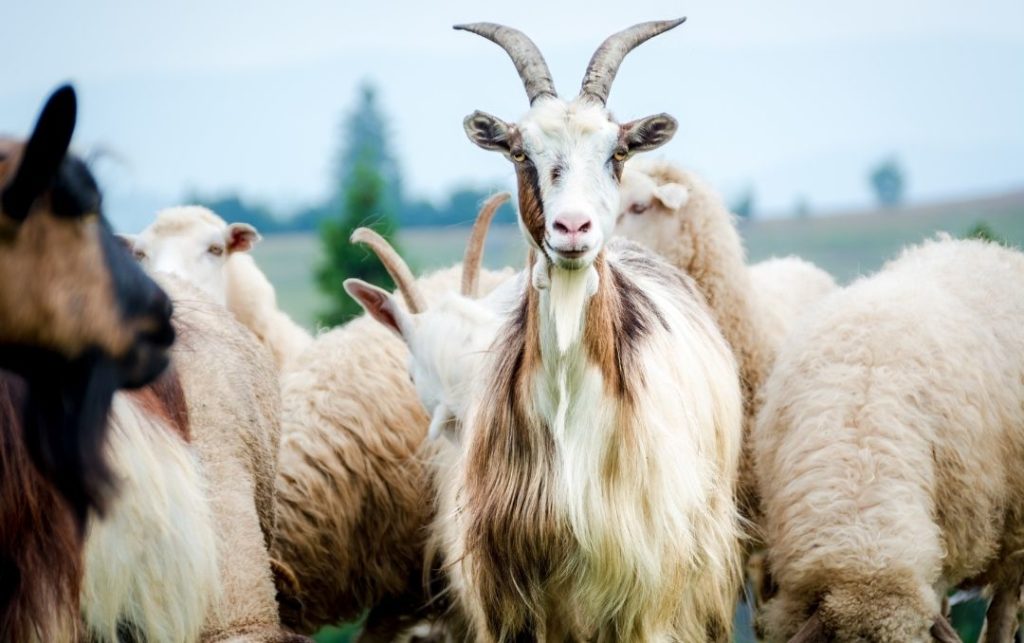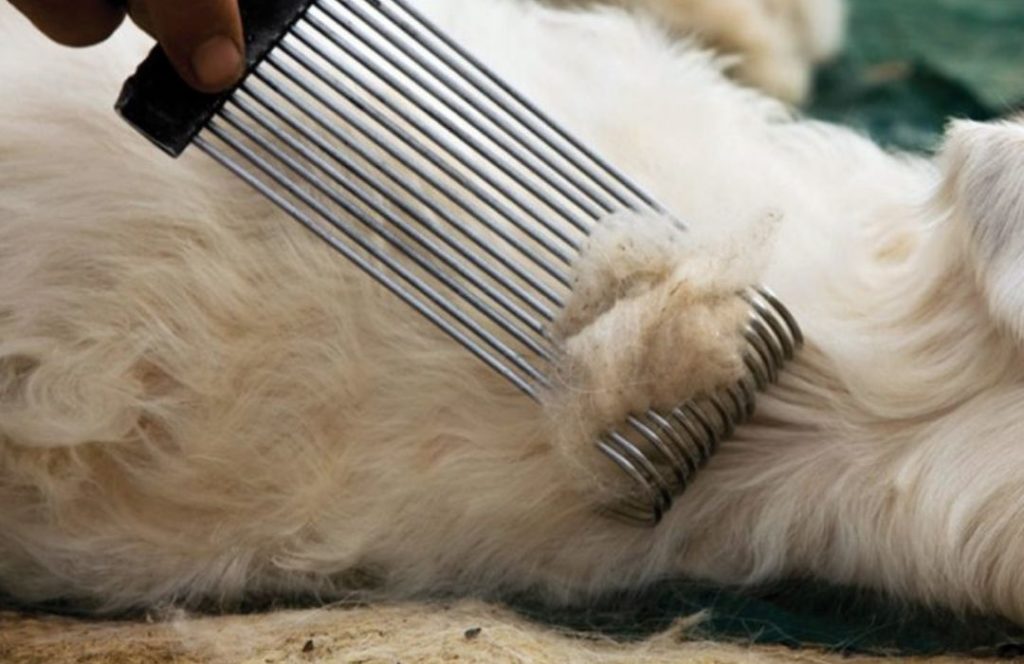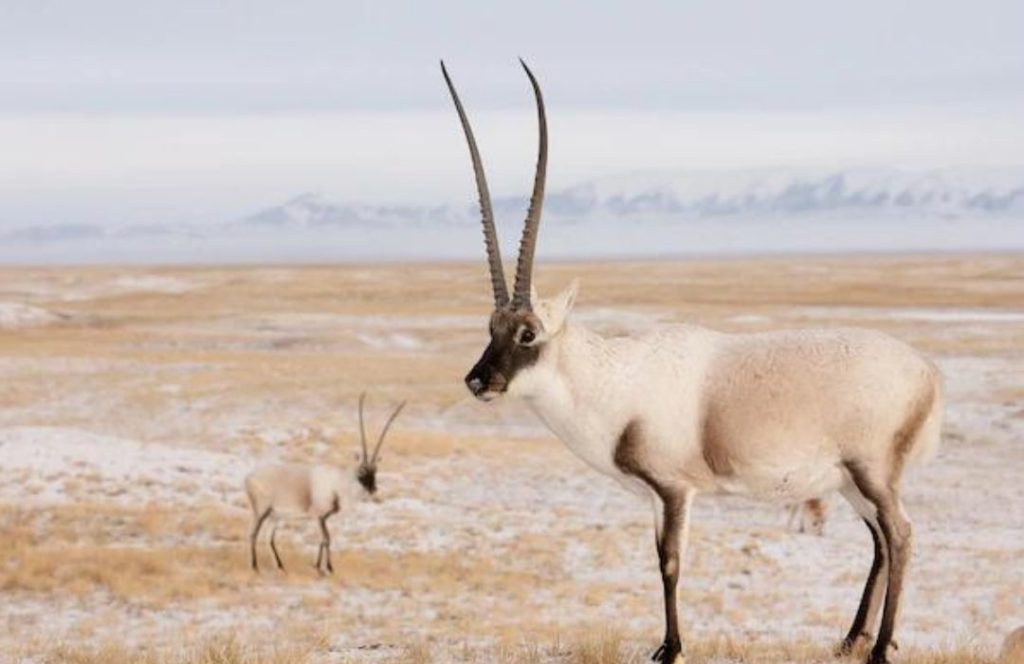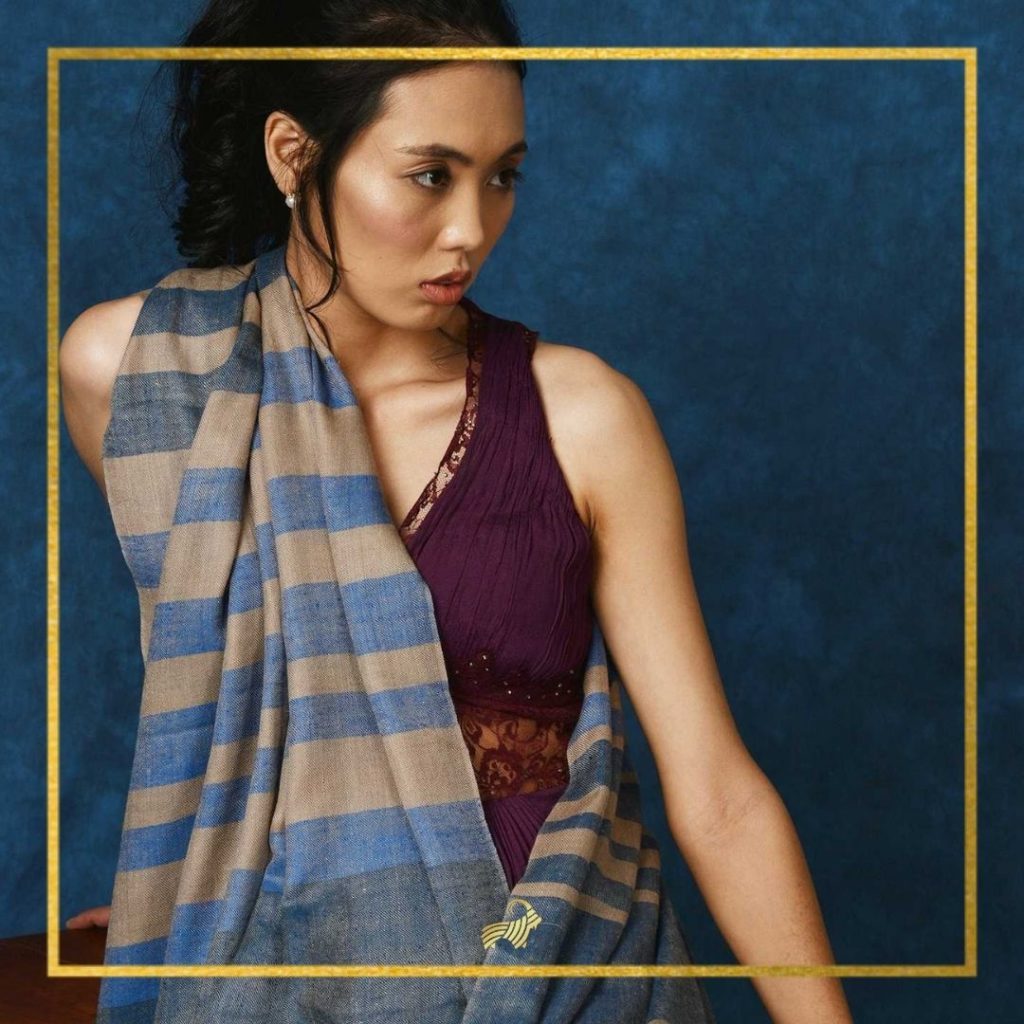As soon as Cashmere scarves became prominent all over the world, the news of their cruelty became even more popular. Many believed that Cashmere is acquired from the goats in a cruel process. What they believe is that the Cashmere goat is stripped of its wool in the winter season, which leads to it dying because of the severe cold the region experiences. The Cashmere goat grows warm wool in the winter season as a defense mechanism against freezing minus 40 degrees Celsius. What many believe is that it is this time when this wool is sheared off their bodies by herders and they die of cold. Is this true? Is Cashmere cruel? Let us find out.
Is Cashmere Cruel?
As half of the world is busy thinking Cashmere is one of the cruelest fabrics in the world, we went out to find the reality, and to our least surprise we found out the answer that we already knew. Cashmere is not cruel.
Cashmere comes from a goat species called the Capra Hircus goat. It is found on the highest plateaus of the Himalayas. The goat grows fine hair on its body to survive the harsh winter season that the areas experience. This warm coat keeps these animals warm, and the winter is spent comfortably by them. As soon as winter leaves and the Spring season arrives, the goats feel a level of discomfort within themselves, as a result of hormonal changes. They feel warm now, and the same coat which kept them alive in winters, now makes them uncomfortable. Hence they get rid of the same by rubbing their bodies against coarse stones, walls, bushes, etc.

Moreover, the herders feel that their animals are uneasy and immediately call for professional help. Professionals bring along specialized tools and combs, and gently comb the left-out hair on the bodies of the goat. The goat is now free, and what herders collect is precious Cashmere. This is processed and transformed into Cashmere shawls, Cashmere wraps, Cashmere scarves, apparel, furnishing, etc.

What we deduced from this process is that Cashmere is not cruel at all. The hair from the goat’s body is not combed off in winter, but in summers, when they already have gotten rid of much of it.
Which Wool is Cruel?
The confusion was caused because of another type of animal hair which is called Shahtoosh. Shahtoosh wool is acquired from the Tibetan antelope, which is unfortunately killed to acquire its wool. The reason is that the Tibetan antelope is not a domesticated animal. Hence it does not submit to any shearing or combing, and people have to resort to violent methods. They gather a group of these animals near a suitable place, mostly where water reserves are found. The animals come to quench their thirst but are sadly killed by a group of hunters who hide around.

Hence, it is Shahtoosh wool that is cruel, as it involves the killing of the Tibetan antelope. Cashmere on the other hand involves no cruelty at all. After all, why would a herder kill the animal who provides it milk and Cashmere wool during the winter season? Isn't the goat a source of survival for the herder?
What is Veganism?
Veganism is the practice of refraining from the use of products that come from animals. A person who follows the principles of veganism is called a Vegan. Vegans avoid the use of animal-based products in all spheres of their lives. They do not eat or wear animal products and do not even look at something which accounts for cruelty according to them. This includes not eating meat, eggs, or any dairy product for that matter. It also means avoiding silk, wool, snakeskin, fur, feathers, or pearls in the way they dress up or accessorize. It also shows that Vegans do not go to zoos or aquariums. They have different toiletries and even the food they give to their pets is vegan.
Do Vegans wear Cashmere Scarves?
From the above discussion, we can clearly make out that vegans would never wear Cashmere scarves or garments. Cashmere is not cruel, but it is, after all, an animal product. Hence vegans abstain from using Cashmere, as they believe that all products coming from animals are, on some level, cruelly acquired.
Also read: 8 Luxury Cashmere Scarves to own this winter
Alternatives to Wool for Vegans
With an abundance of natural and eco-friendly vegan replacements for wool, there is no need for vegans to feel like they do not have proper clothes for any season. Here are some options that vegans have:
- Tencel is made from wood cellulose. It is mostly used to make tops, jumpsuits, trousers and dresses.
- Thanks to organic farming, we have organic cotton which is the best alternative to animal derivatives.
- Linen needs no chemicals, and offers high resistant apparel, which are soft and gentle for the skin
- Bamboo can be sustainable when grown in the right conditions.
- Hemp grows without the use of any chemicals or pesticides. It is also biodegradable.
- Also known as vegetable Cashmere, Soy fabric is the new eco-friendly fabric made from a byproduct of soybean processing. It is believed to be as warm as Cashmere itself, as well as as soft as the same.

Hence by proper research and careful analysis of everything growing around, Vegans too can enjoy the comfort of warmth without using any animal product. Be it winter or summer, vegans too have alternatives, which, at times, seem much better than original ones.
The Conclusion
This never implies that Cashmere is cruel, or its production is not sustainable in any way. Cashmere processing includes manual labour, and without the use of machines and the harm they possess for the environment, Cashmere scarves can be processed. Manual labour empowers artisans, who solely rely on Cashmere processing for their living. Its procurement from the goat is absolutely uncruel and thoughtful, and no animal is harmed in the process of combing Cashmere from the goat. Cashmere is sustainable, but surely not perfect for vegans who avoid any animal product.
Also read: Sensing the sounds of Kani Shawls